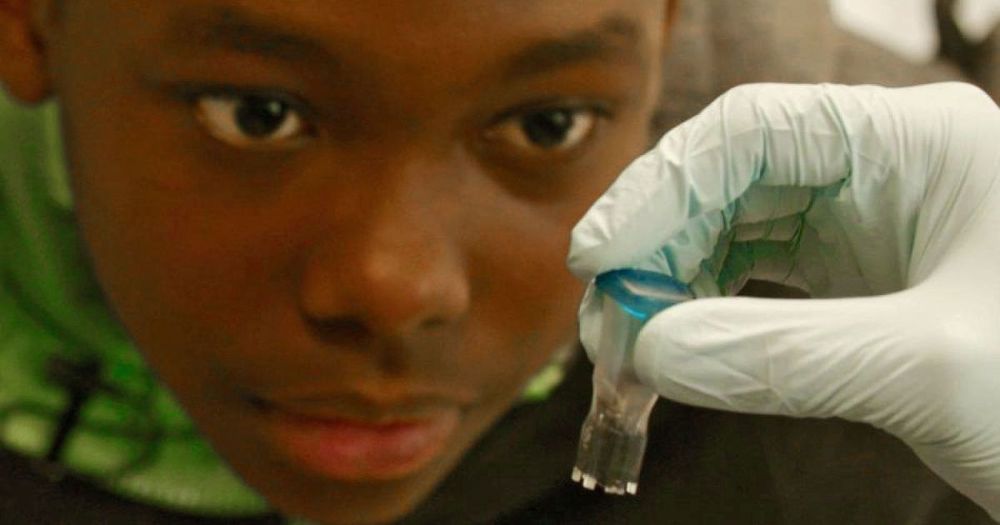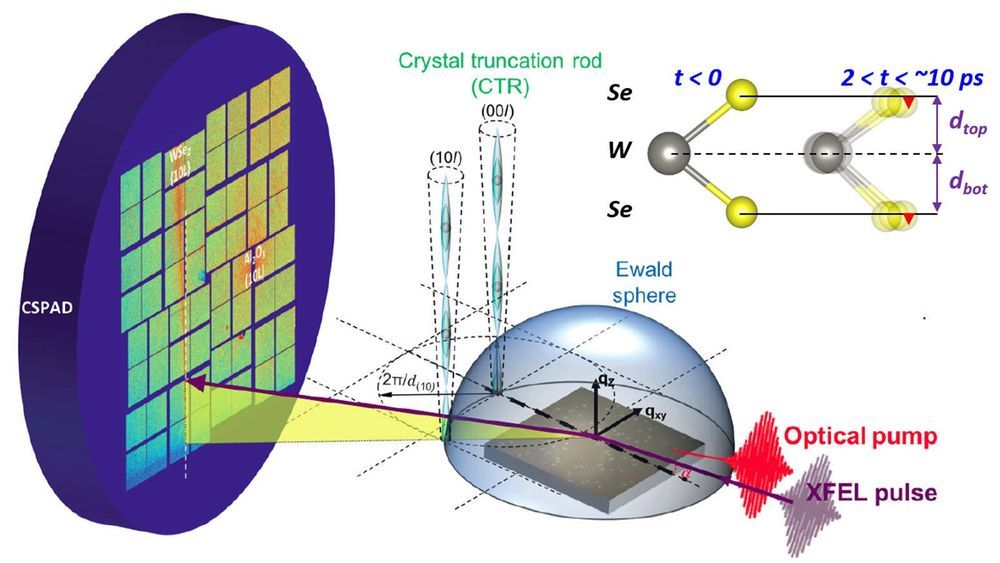“Human Nature” is the best CRISPR documentary yet.




Scientists in the Emergent Photonics Lab (EPic Lab) at the University of Sussex have made a breakthrough to a crucial element of an atomic clock—devices which could reduce our reliance on satellite mapping in the future—using cutting-edge laser beam technology. Their development greatly improves the efficiency of the lancet (which in a traditional clock is responsible for counting), by 80% — something which scientists around the world have been racing to achieve.
Currently, the UK is reliant on the US and the EU for the satellite mapping that many of us have on our phones and in our cars. That makes us vulnerable not only to the whims of international politics, but also to the availability of satellite signal.
Dr. Alessia Pasquazi from the EPic Lab in the School of Mathematical and Physical Sciences at the University of Sussex explains the breakthrough: With a portable atomic clock, an ambulance, for example, will be able to still access their mapping whilst in a tunnel, and a commuter will be able to plan their route whilst on the underground or without mobile phone signal in the countryside. Portable atomic clocks would work on an extremely accurate form of geo-mapping, enabling access to your location and planned route without the need for satellite signal.

One of the key misconceptions about solar geoengineering—putting aerosols into the atmosphere to reflect sunlight and reduce global warming—is that it could be used as a fix-all to reverse global warming trends and bring temperature back to pre-industrial levels.
It can’t. Applying huge doses of solar geoengineering to offset all warming from rising atmospheric C02 levels could worsen the climate problem—particularly rainfall patterns—in certain regions. But could smaller doses work in tandem with emission cuts to lower the risks of a changing climate?
New research from the Harvard John A. Paulson School of Engineering and Applied Sciences (SEAS), in collaboration with MIT and Princeton University, finds that if solar geoengineering is used to cut global temperature increases in half, there could be worldwide benefits without exacerbating change in any large geographic area.
Scientists at the University of Rochester’s Laboratory for Laser Energetics have achieved a plasma research first. They were able to convert the liquid metal deuterium to the plasma state and directly observe the interaction threshold.
For the first time, researchers at the University of Rochester’s Laboratory for Laser Energetics (LLE) have found a way to turn a liquid metal into a plasma and to observe the temperature where a liquid under high-density conditions crosses over to a plasma state. Their observations, published in Physical Review Letters, have implications for better understanding stars and planets and could aid in the realization of controlled nuclear fusion — a promising alternative energy source whose realization has eluded scientists for decades. The research is supported by the US Department of Energy and the National Nuclear Security Administration.
What is a Plasma?
Plasmas consist of a hot soup of free moving electrons and ions — atoms that have lost their electrons — that easily conducts electricity. Although plasmas are not common naturally on Earth, they comprise most of the matter in the observable universe, such as the surface of the sun. Scientists are able to generate artificial plasmas here on Earth, typically by heating a gas to thousands of degrees Fahrenheit, which strips the atoms of their electrons. On a smaller scale, this is the same process that allows plasma TVs and neon signs to “glow”: electricity excites the atoms of a neon gas, causing neon to enter a plasma state and emit photons of light.
This app tests for anemia — and could save millions of lives.

Discovery allows scientists to look at how 2-D materials move with ultrafast precision.
Using a never-before-seen technique, scientists have found a new way to use some of the world’s most powerful X-rays to uncover how atoms move in a single atomic sheet at ultrafast speeds.
The study, led by researchers at the U.S. Department of Energy’s (DOE) Argonne National Laboratory and in collaboration with other institutions, including the University of Washington and DOE’s SLAC National Accelerator Laboratory, developed a new technique called ultrafast surface X-ray scattering. This technique revealed the changing structure of an atomically thin two-dimensional crystal after it was excited with an optical laser pulse.


An international collaboration including scientists at the Department of Energy’s (DOE’s) Oak Ridge National Laboratory (ORNL) solved a 50-year-old puzzle that explains why beta decays of atomic nuclei are slower than what is expected based on the beta decays of free neutrons.
The findings, published in Nature Physics, fill a long-standing gap in physicists’ understanding of beta decay, an important process stars use to create heavier elements, and emphasize the need to include subtle effects—or more realistic physics—when predicting certain nuclear processes.
“For decades, scientists have lacked a first-principles understanding of nuclear beta decay, in which protons convert into neutrons, or vice versa, to form other elements,” said ORNL staff scientist Gaute Hagen, who led the study. “Our team demonstrated that theoretical models and computation have progressed to the point where it is possible to calculate some decay properties with enough precision to allow for direct comparison to experiment.”

A new comprehensive study of climate change has painted over 5 million pictures of humanity’s potential future, and few foretell an Earth that has not severely warmed. But with immediate action and some luck, there are pathways to a tolerable climate future, according to a research team led by Tufts University.